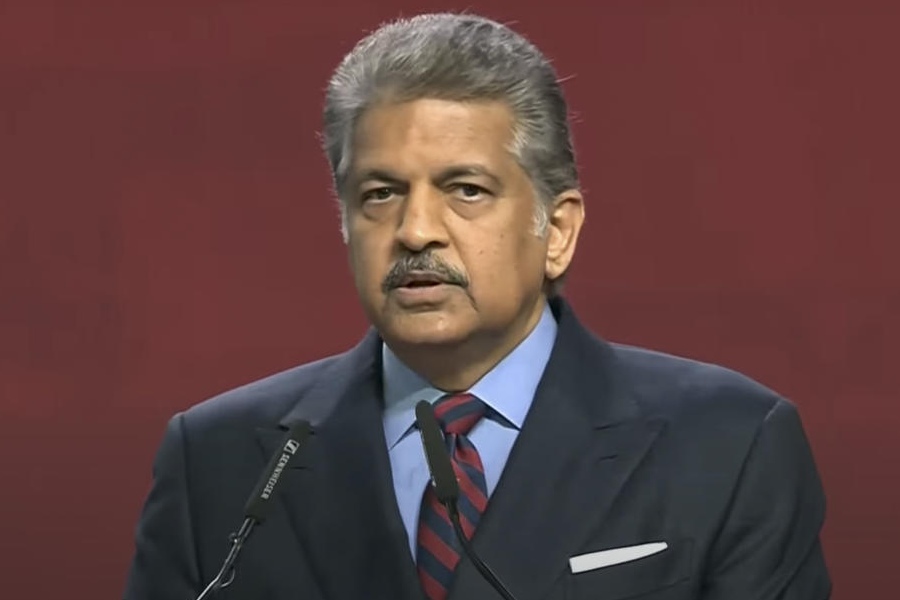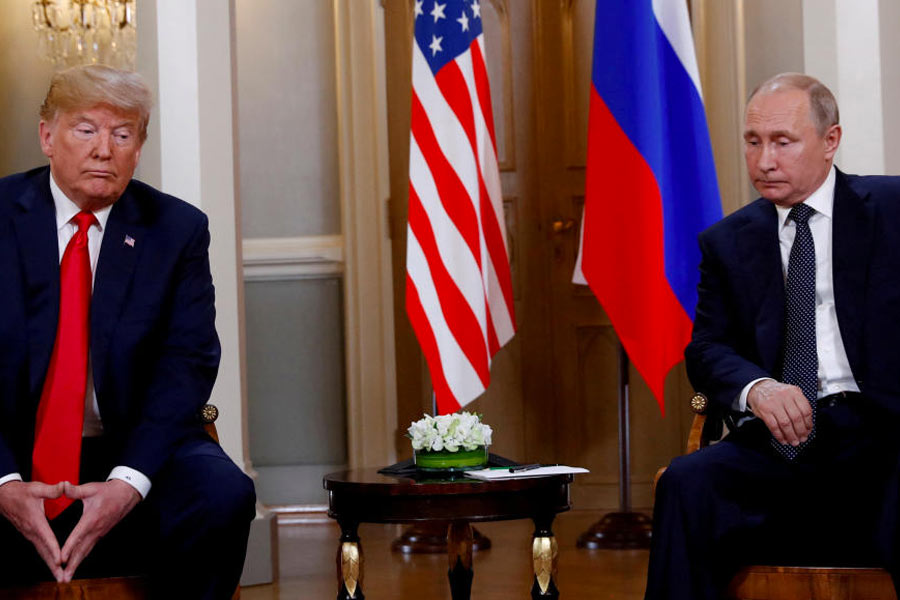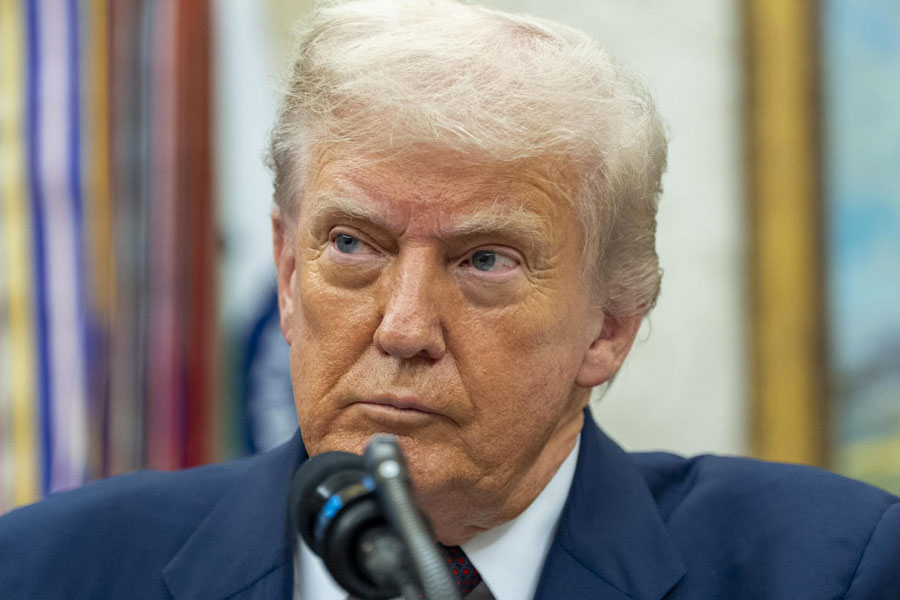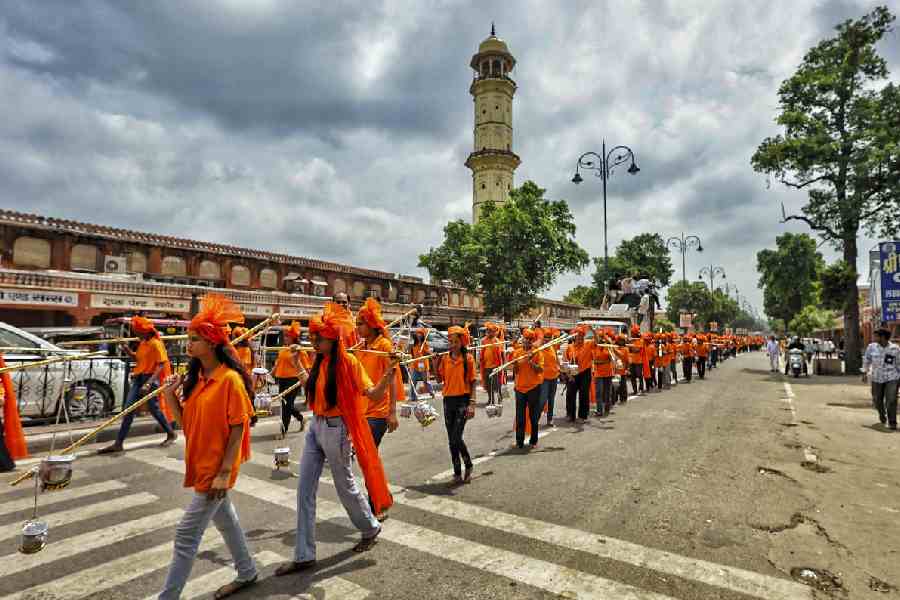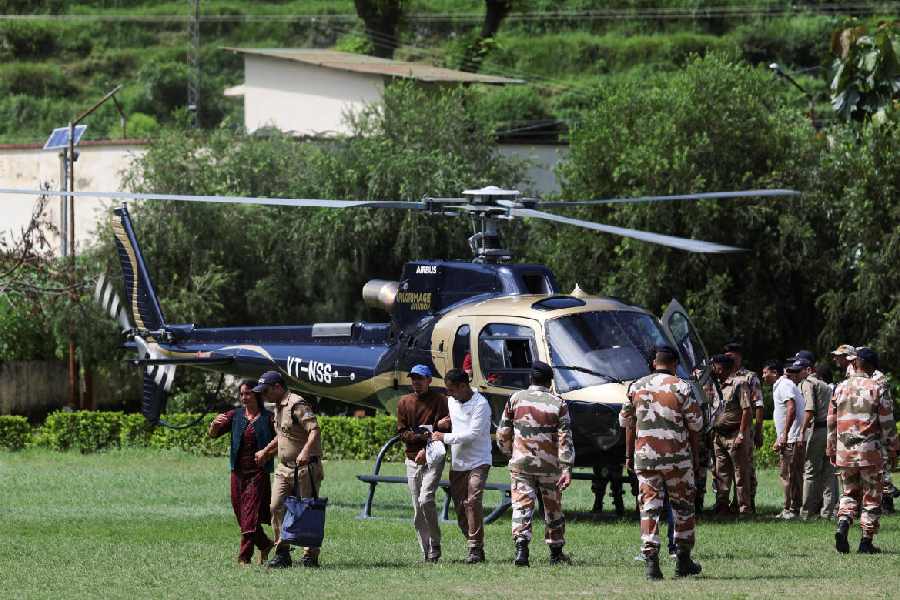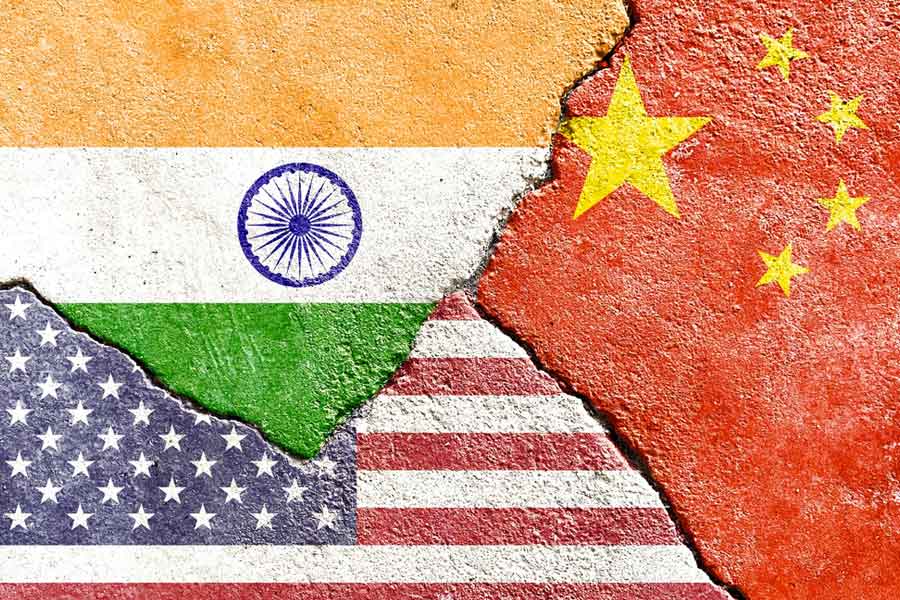Jan. 5: It's not known if Chhapra lad Amritosh Kumar has any interest in history, but like many before him who used the shoe as a weapon, he has been walking in the footsteps of a certain Mr K.
Iraq's Muntazer al-Zaidi gave the harmless leather accessory a new sense of purpose with his strike at George W. Bush six winters ago. Jarnail Singh, in the April of 2009, made a statement more effective than many governments have in India with his lob at then home minister P. Chidambaram.
The men - both journalists to boot - have to thank Soviet leader Nikita Khrushchev, who held up to the world the power of the shoe.
Bihar today got a taste of shoe power. Amritosh, a 25-year-old from Chhapra, hurled his shoe at chief minister Jitan Ram Manjhi today for allegedly engaging in caste politics. But like most others before him, including Muntazer and Jarnail, missed his target.
Khrushchev, though, did not throw but brandish and bang he did.
At a meeting of the United Nations General Assembly in New York on October 12, 1960, the Soviet premier, known as much for his brash and aggressive demeanour as for his efforts at de-Stalinisation, pounded his shoe during a debate over a Russian resolution decrying colonialism.
Khrushchev, then 66, had visited the UN for three weeks in October 1960 to vent his anger over several issues, chiefly the American U-2 spy plane shot down over Russia a few months earlier.
On October 12, Khrushchev, who had been at loggerheads with the UN for alleged partisanship over newly independent Congo, became infuriated by a statement of a Filipino delegate who accused the Soviets of double standard as they were following an imperialist policy in Eastern Europe.
Khrushchev, referred to as Mr K by the West, in turn accused the delegate, Lorenzo Sumulong, of being 'a jerk, a stooge and a lackey of imperialism'.
It was then that the Soviet leader picked up his shoe - he was wearing a brand new pair of tan loafers - and after standing up and waving it vigorously, he sat down and started banging his desk with it.
'He banged to a regular rhythm, like the pendulum of a metronome,' his bodyguard, Nikolai Zakharov, later recalled. 'That was the moment that entered world history as Khrushchev's famous shoe.'
The incident had capped a week of 'K-power' beginning with Khrushchev's demand for the resignation of then UN secretary-general Dag Hammarskjold, accusing him of acting on behalf of colonial powers.
Less than a year later, Hammarskjold, honoured posthumously with the Nobel peace prize, was killed on a visit to Congo to negotiate a settlement. His aircraft exploded, but till date no one knows why and sabotage has still not been ruled out.
His granddaughter Nina Khrushchev was to later write: 'A shoe, pounding the table, was the distinctive sound of 'cold' war, as much as the report of a gun was the sound of 'hot' war.'
Over the years, Khrushchev's shoe, like Muntazer's and now Amritosh's, has become part of pop culture. It inspired a million-dollar question on TV show Who Wants to Be a Millionaire? and a book on public speaking, Khrushchev's Shoe: And Other Ways to Captivate An Audience of 1 to 1,000.
The Soviet leader, who presided over one of the darkest periods of the Cold War culminating in the Cuban missile crisis, remained in power for a mere four more years. Following the missile crisis of 1962, Khrushchev was removed in a coup staged by Leonid Brezhnev in 1964.
But by then he had made history and left behind a legacy.
Of his shoes.


